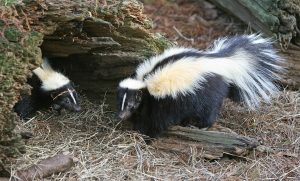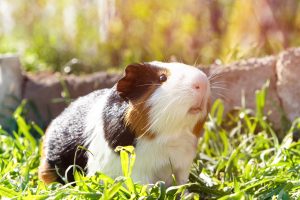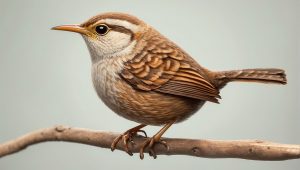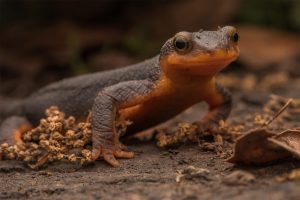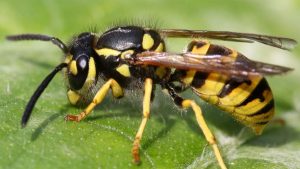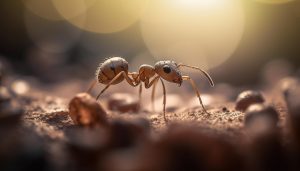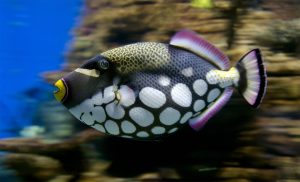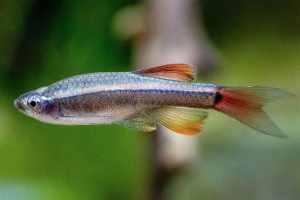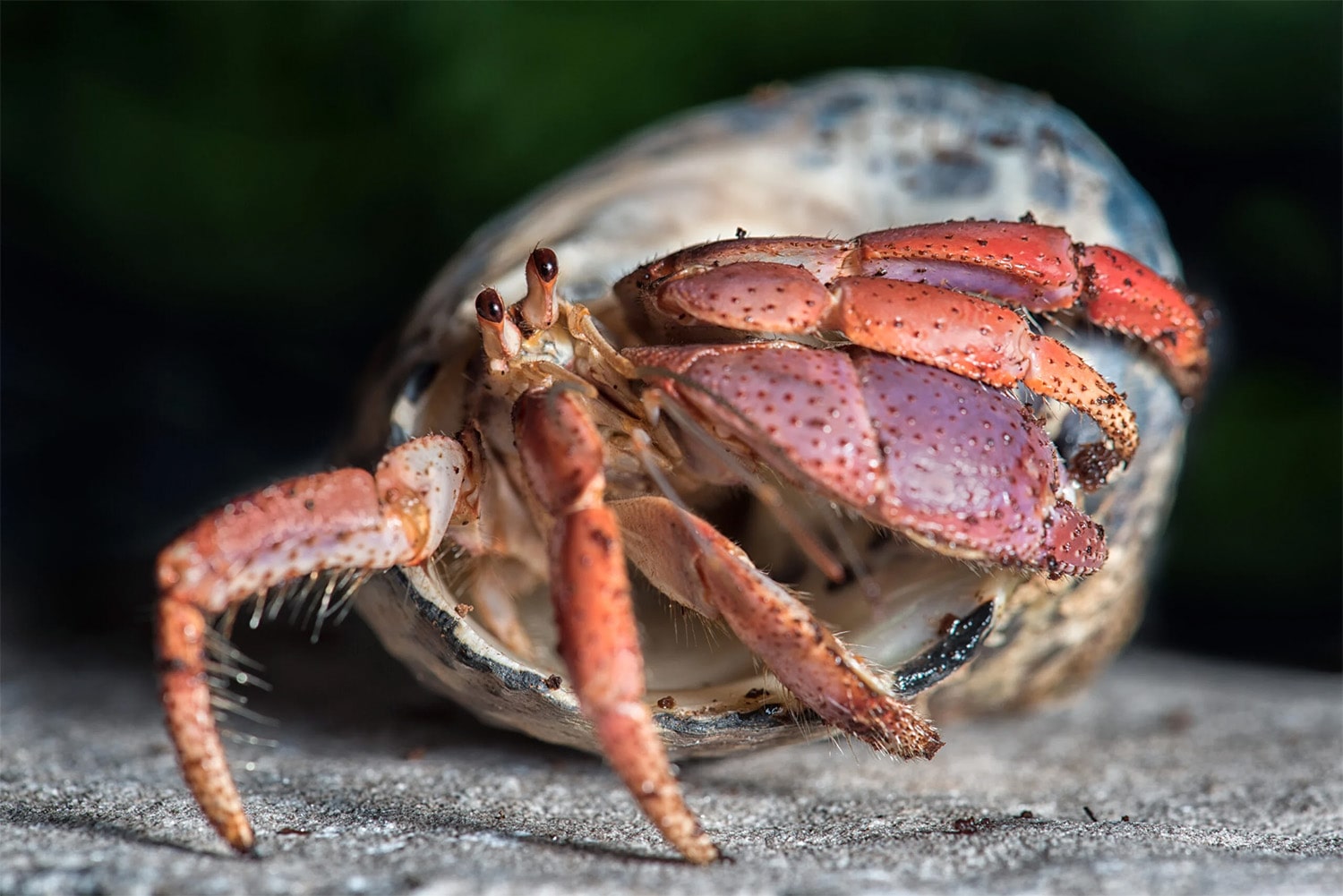
34 interesting facts about hermit crabs
- 👁️ 990
Hermit crabs, fascinating creatures of the marine world, possess unique characteristics and behaviors that set them apart from other crustaceans. Unlike most crabs, hermit crabs have a soft, vulnerable abdomen that they protect by residing inside discarded shells. This intriguing lifestyle allows them to navigate the dynamic and often perilous environments of the ocean floor and land. With over 800 species found in marine, estuarine, and terrestrial ecosystems around the world, hermit crabs play a significant role in their habitats. From their distinctive way of changing shells to their social behaviors, here are 34 interesting and informative facts about hermit crabs that highlight their importance and the curiosity they inspire.
- Hermit crabs are not true crabs, as they lack a hard exoskeleton on their abdomen.
- They belong to the superfamily Paguroidea, which includes marine, terrestrial, and freshwater species.
- The majority of hermit crabs are marine species, with only a few adapted to live on land.
- Hermit crabs use discarded shells from other marine organisms to protect their soft abdomen.
- As they grow, hermit crabs must find and move into larger shells to accommodate their increasing size.
- They have been known to form “vacancy chains,” where multiple hermit crabs line up by size to exchange shells.
- Hermit crabs have two different types of claws: a larger, defensive claw and a smaller one used for feeding and climbing.
- Their diet is omnivorous, feeding on a variety of plant matter, detritus, and small invertebrates.
- Some species of hermit crabs can live up to 30 years in the wild.
- Land hermit crabs breathe through modified gills that require humidity to function.
- Marine hermit crabs have gills that allow them to breathe underwater.
- Hermit crabs are nocturnal animals, most active during the night.
- They have a unique way of drinking, using their claws to pass water to their mouth.
- Hermit crabs communicate through a series of chirps and vibrations.
- Social creatures, they often live in groups, sharing food and protecting each other.
- The Caribbean hermit crab is one of the most common species of land hermit crabs kept as pets.
- Mating occurs outside of the shell, with the male assisting the female to partially exit her shell.
- Female hermit crabs lay thousands of eggs, which they carry on their abdomen until they hatch.
- The larvae of marine hermit crabs are planktonic and go through several developmental stages before settling on the ocean floor.
- Hermit crabs have a hard exoskeleton on their front half, which provides some protection and support.
- The process of moving into a new shell is called “molting,” and it is a critical time for a hermit crab’s survival.
- Hermit crabs have been observed using non-traditional items like bottle caps or glass jars as shells due to the scarcity of suitable natural shells.
- Terrestrial hermit crabs still need access to saltwater to regulate their body’s salt balance and to breed.
- Their antennae are essential for touch and taste, helping them find food and navigate their environment.
- Hermit crabs have compound eyes on stalks that can move independently.
- They can regenerate lost limbs over several molting cycles.
- Predators of hermit crabs include birds, fish, and other crabs.
- Hermit crabs play a vital role in their ecosystems, acting as scavengers and cleaning up debris.
- The shell of a hermit crab acts as a mobile home, offering protection as the crab explores its environment.
- Some hermit crabs form symbiotic relationships with sea anemones, carrying them on their shells for protection.
- The color and pattern of a hermit crab’s shell can vary widely, influenced by the species of the original shell’s owner.
- In captivity, hermit crabs require a carefully controlled environment to thrive, including temperature, humidity, and access to both fresh and saltwater.
- Environmental stressors and human activities, such as pollution and shell collecting, pose threats to hermit crab populations.
- Hermit crabs exhibit a remarkable ability to assess and choose shells based on size, weight, and condition, demonstrating complex decision-making processes.
Hermit crabs are intriguing creatures that offer a window into the adaptability and complexity of marine life. Their behaviors, from shell selection to social interactions, provide insights into the evolutionary strategies that have enabled them to thrive in diverse habitats. By understanding and appreciating hermit crabs, we can learn more about the intricacies of marine ecosystems and the importance of conserving the natural world. Their unique way of life serves as a reminder of the creativity and resilience found in nature.
